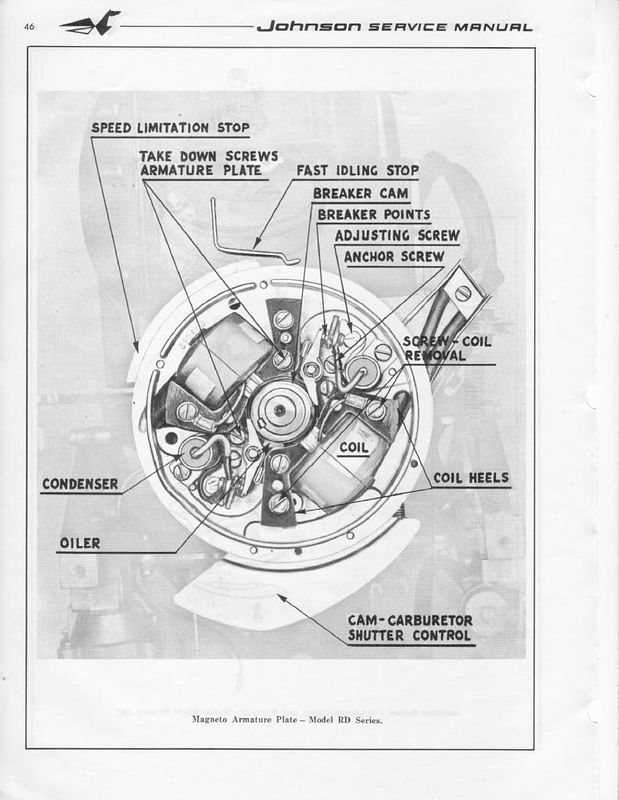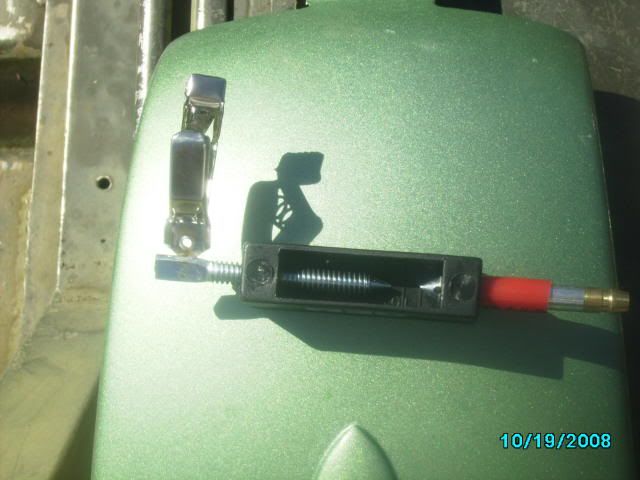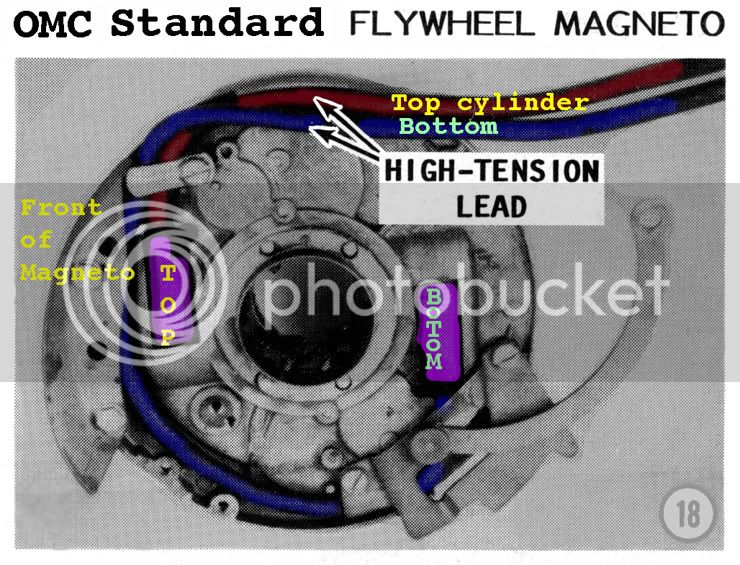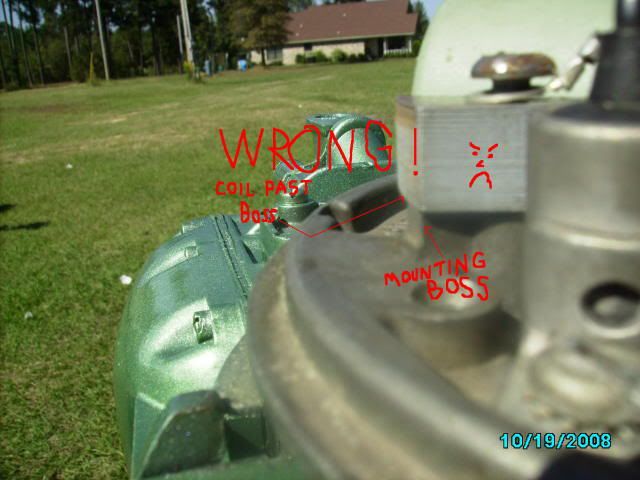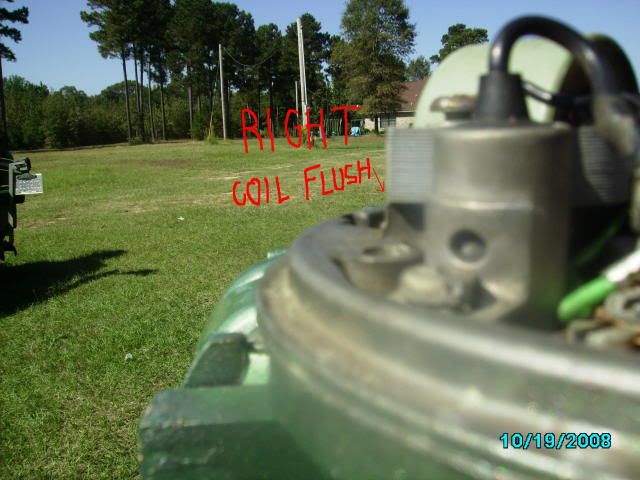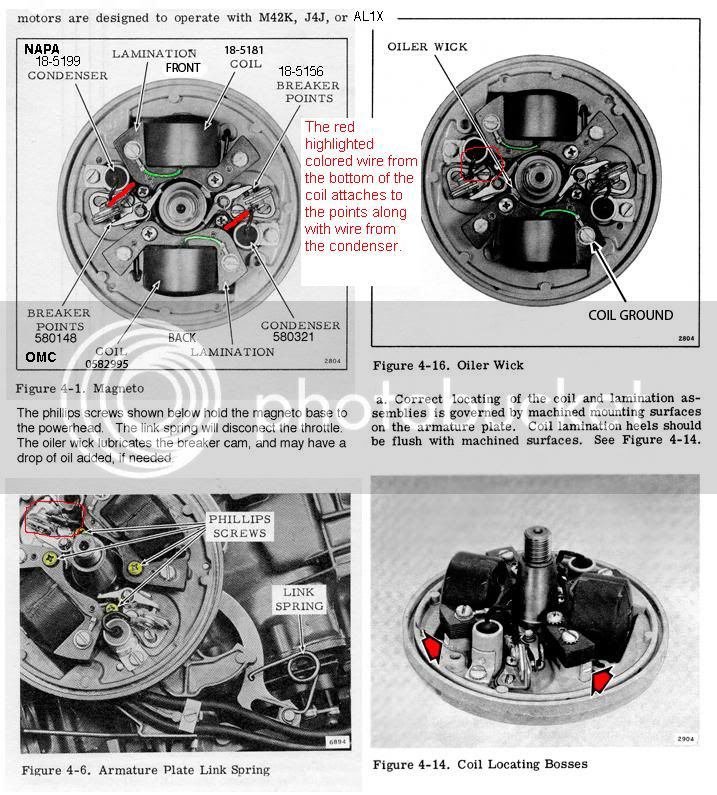bthompson92
Well-known member
I bought this motor about a month ago for a 100 bucks for my 16 ft boat. I pulled it off an old boat a guy had down the road for me. Its a tiller motor but at the time he had it hooked up for stick steering. I unhooked everything and just took the motor itself. It was hooked up for electric start but the wires looked rough, so I planned on just using it as a pull start. It had been sitting up for about five years so I replaced the water pump and spark plugs on it. Today I hooked it up to a gas tank and after about the third pull she backfired, and couldn't really get anything else after that. It was trying to turn over but never would. Any ideas what's going on? Could it have something to do with it being set up for stick steering when I pulled it off?
Thanks, Bruce
Thanks, Bruce



